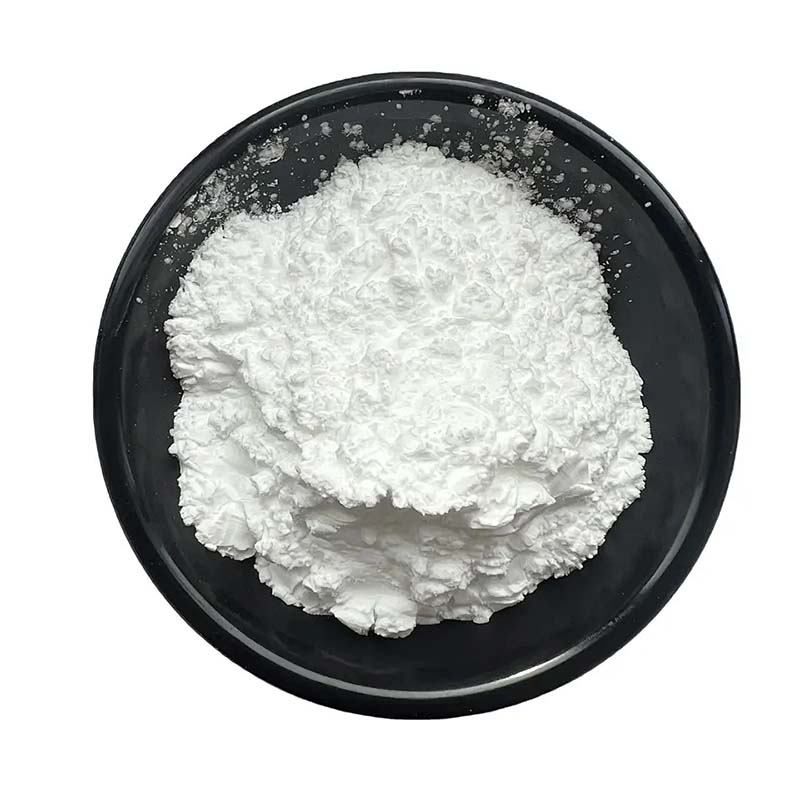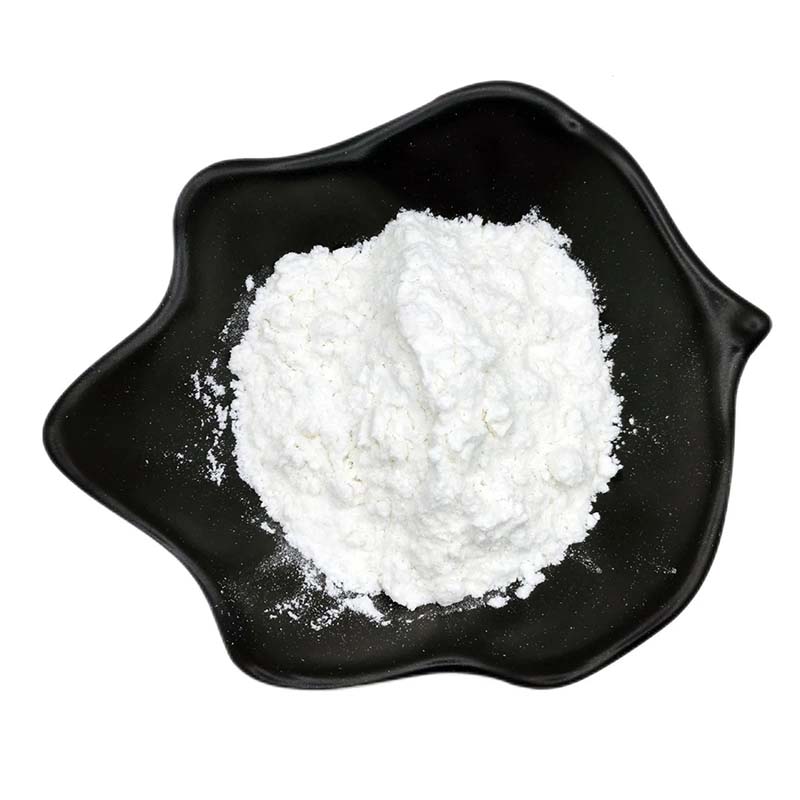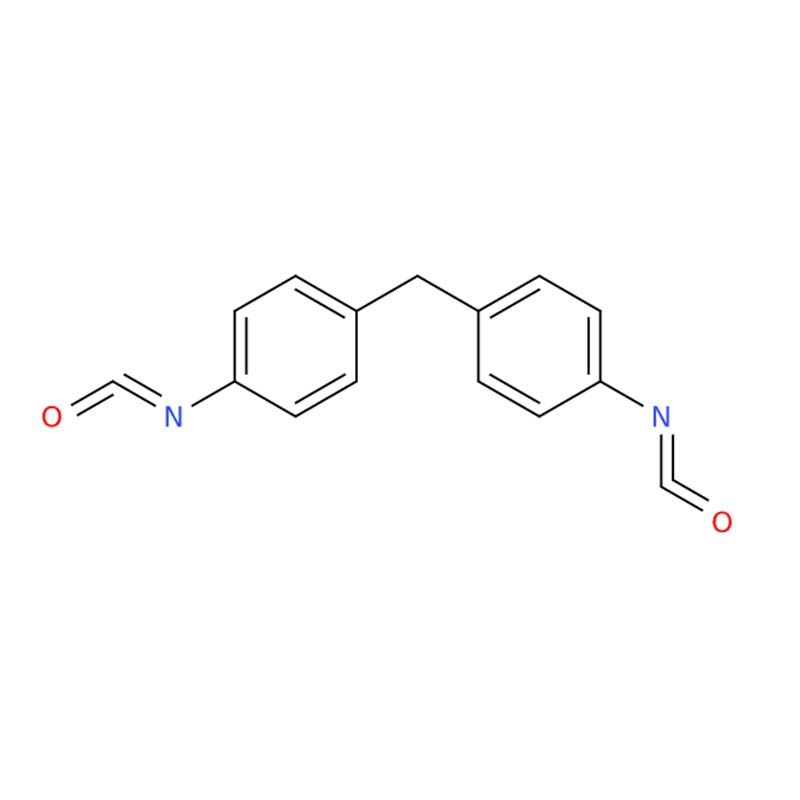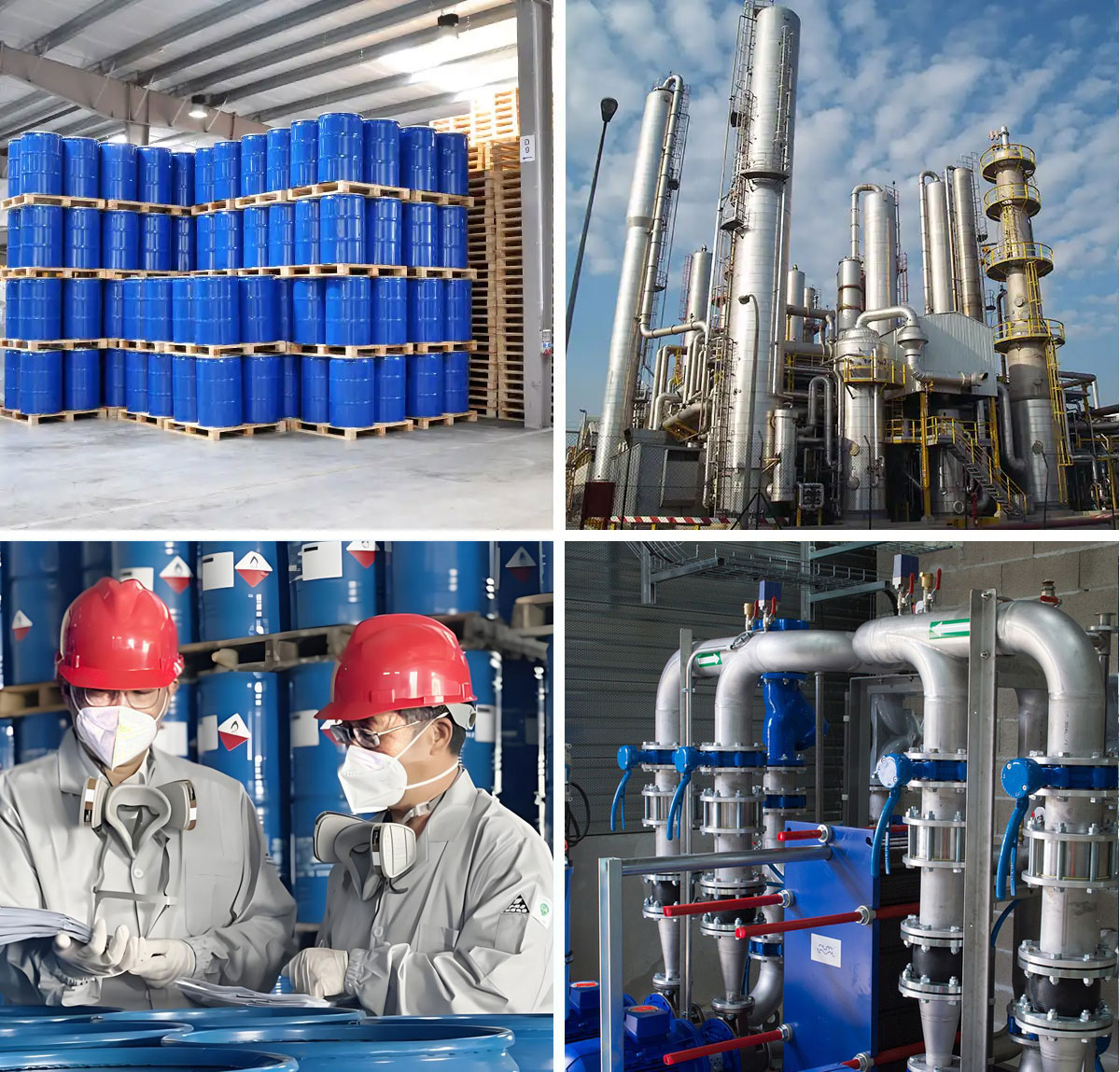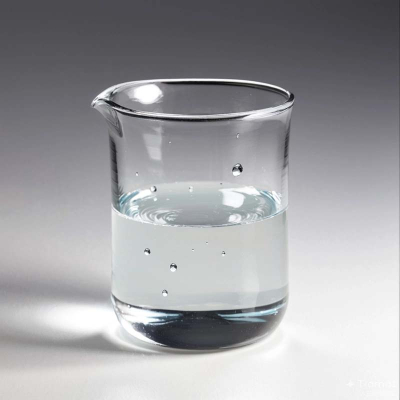4,4'-Diphenylmethane diisocyanate
4,4'-Diphenylmethane diisocyanate exhibits good solubility in numerous organic solvents—including acetone, benzene, kerosene, and nitrobenzene—which contributes to its broad compatibility and utility across various chemical processes.
It is typically handled as a pale yellow molten solid, facilitating straightforward manipulation, blending, and integration into diverse industrial operations.
Owing to its favorable dissolution behavior and stable chemical nature, the substance is well-suited for a wide spectrum of applications in chemical synthesis and industrial manufacturing.
Additionally, its volatility supports effective use in systems where vapor-phase interaction is advantageous, such as specialized coatings, surface treatments, or catalytic reactions.
4,4'-Diphenylmethane diisocyanate is a light yellow molten solid with a pungent and irritating odor. It readily releases vapors that can cause respiratory discomfort upon inhalation. It dissolves readily in various organic solvents such as acetone, benzene, kerosene, and nitrobenzene, facilitating its use in diverse chemical processes. However, it exhibits limited water solubility. Caution is advised when handling this compound due to its volatile nature and potential health risks associated with prolonged exposure to its fumes.
Parameters
Melting point | 38-44 °C |
Boiling point | 392 °C |
density | 1.19 |
vapor pressure | 0.066 hPa (20 °C) |
refractive index | 1.5906 (estimate) |
Fp | 196 °C |
storage temp. | -20°C |
solubility | 2g/l (decomposition) |
form | solid |
color | White to Almost white |
Specific Gravity | 1.180 |
explose limit | 0.4%(V) |
Water Solubility | decomposes |
FreezingPoint | 37℃ |
Sensitive | Moisture Sensitive/Lachrymatory |
BRN | 797662 |
Exposure limits | TLV-TWA 0.051 mg/m3 (0.005 ppm) (ACGIH and NIOSH); ceiling (air) 0.204 mg/m3 (0.02 ppm)/10 min (NIOSH and OSHA); IDLH 102 mg/m3 (10 ppm). |
Dielectric constant | 10.0(Ambient) |
Stability: | Stable. Combustible. Incompatible with strong oxidizing agents. Reacts violently with alcohols. |
CAS DataBase Reference | 101-68-8(CAS DataBase Reference) |
NIST Chemistry Reference | Benzene, 1,1'-methylenebis[4-isocyanato-(101-68-8) |
IARC | 3 (Vol. 19, Sup 7, 71) 1999 |
EPA Substance Registry System | 4,4'-Methylenedi(phenyl isocyanate) (101-68-8) |
Safety Information
Hazard Codes | Xn,T,C |
Risk Statements | 42/43-36/37/38-20-48/20-40 |
Safety Statements | 45-36/37-23 |
RIDADR | 2206 |
OEB | D |
OEL | TWA: 0.05 mg/m3 (0.005 ppm), Ceiling: 0.2 mg/m3 (0.020 ppm) [10-minute] |
WGK Germany | 1 |
RTECS | NQ9350000 |
Autoignition Temperature | >600 °C |
Hazard Note | Toxic/Corrosive/Lachrymatory/Moisture Sensitive |
TSCA | Yes |
HazardClass | 6.1 |
PackingGroup | II |
HS Code | 29291090 |
Hazardous Substances Data | 101-68-8(Hazardous Substances Data) |
Toxicity | LD50 orally in Rabbit: > 5000 mg/kg LD50 dermal Rabbit > 9000 mg/kg |
IDLA | 75 mg/m3 |
Cyanides, isocyanates, and their derivatives; polyurethane-based materials; organic building blocks; raw materials for organic chemical synthesis; chemically defined products in organic chemistry; isocyanate esters; organic compounds; general chemical substances; diphenylmethanes (commonly applied in high-performance polymer research); functional material chemicals; reagents for advanced polymer studies; substances listed under the alphabetical index "M" such as META-METH; analytical reference standards; pyridines and halogenated heterocycles; raw materials for novel material synthesis; organic intermediates; fundamental chemical substances; and various types of additives.



